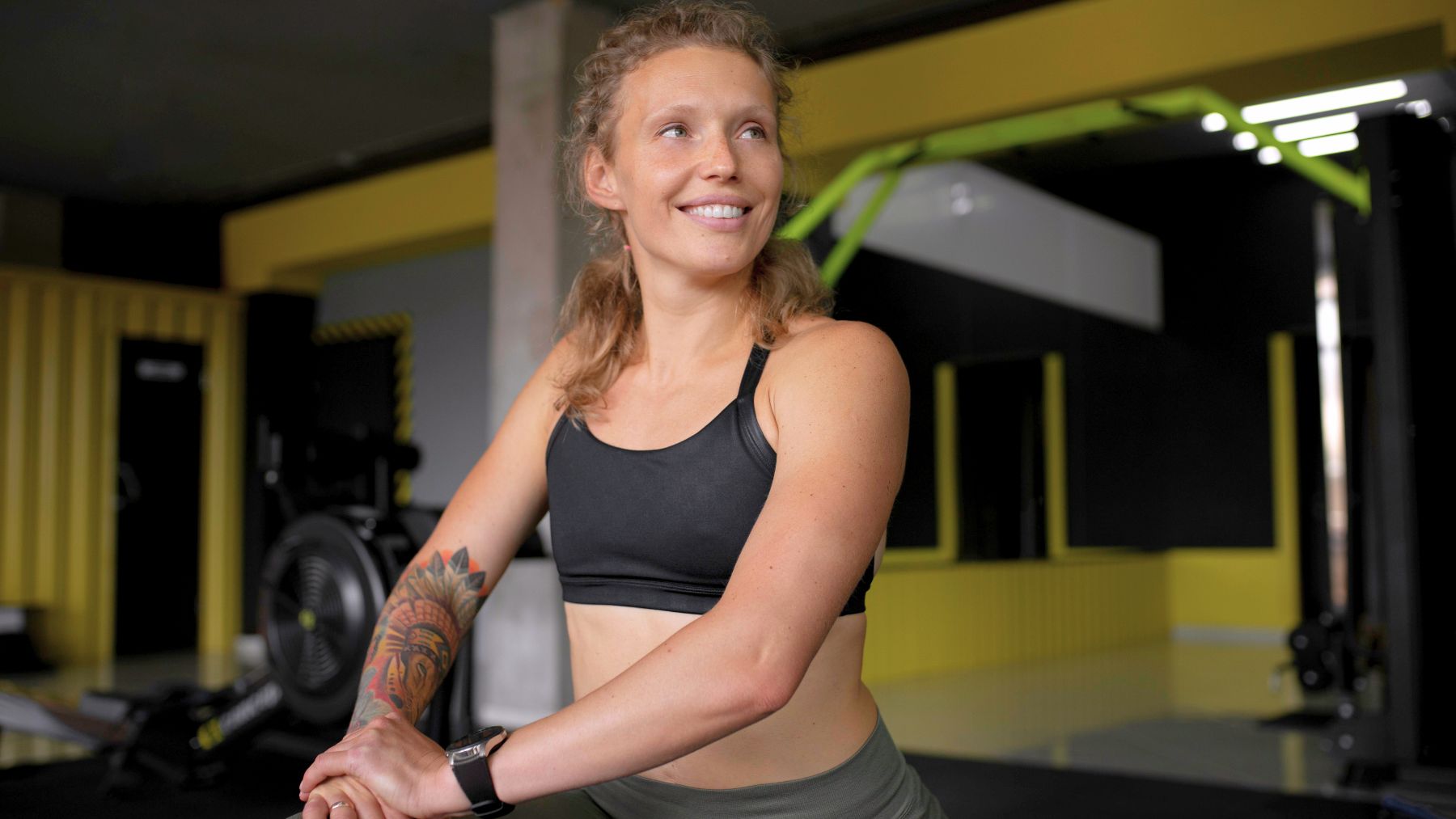Keeping the core strong is one of the best things you can do for your health and mobility after 50. A solid core supports balance, stability, posture, and spinal health, and it also helps protect against back pain. According to fitness trainers, there’s one simple exercise that works better than most: the forearm plank.
This classic move strengthens the deep abdominal muscles that stabilize your body. It’s low-impact, requires no equipment, and can be adapted to any fitness level. Here, we’ll look at why experts recommend it for women in their 50s and beyond, and share a few other exercises that pair well with it for a strong, balanced body.
The forearm plank for women over 50
Forearm planks are a full-body strength builder. When done correctly, they engage your abs, back, shoulders, glutes, and legs. To do it, start by lying face down on the floor. Place your forearms under your shoulders and lift your body off the ground, keeping your elbows directly below your shoulders and your body in a straight line from head to heels. Avoid letting your hips sag or rise too high.
Breathe steadily and hold for 20–30 seconds to start, gradually working up to a minute or longer. It strengthens the transverse abdominis—the deep core muscle that acts like a natural corset—and supports the lower back. It also improves balance, posture, and endurance, which are key for everyday movements like bending, lifting, and standing up from a chair.
For women dealing with lower back discomfort or decreased muscle tone after menopause, forearm planks are especially beneficial. They help retrain the muscles that stabilize the spine and pelvis. Because the exercise is static, it’s gentler than crunches or sit-ups, which can strain the neck and lower back.
Other effective core exercises to try
While the forearm plank is an excellent foundation, variety keeps your core engaged and prevents plateaus. Combine it with other movements to target different muscle groups and enhance flexibility.
- Glute bridge: Lie on your back with knees bent and feet flat on the floor. Lift your hips until your body forms a straight line from shoulders to knees. This strengthens your glutes and lower back while engaging your core.
- Bird-dog: From a tabletop position, extend your right arm and left leg at the same time. Hold for a few seconds, then switch sides. This move improves balance and coordination while training the core and stabilizing muscles.
- Side plank: A variation of the traditional plank that targets your obliques and improves lateral stability. Start on one forearm and lift your hips off the floor, keeping your body in a straight line.
- Dead bug: Lie on your back with arms extended toward the ceiling and knees bent at 90 degrees. Slowly lower one arm and the opposite leg toward the floor, then return to the start. It strengthens the deep core muscles without straining your spine.
Adding these exercises two or three times a week can improve strength, stability, and mobility. Even a few focused minutes a day can make a difference in how your body feels and moves.

